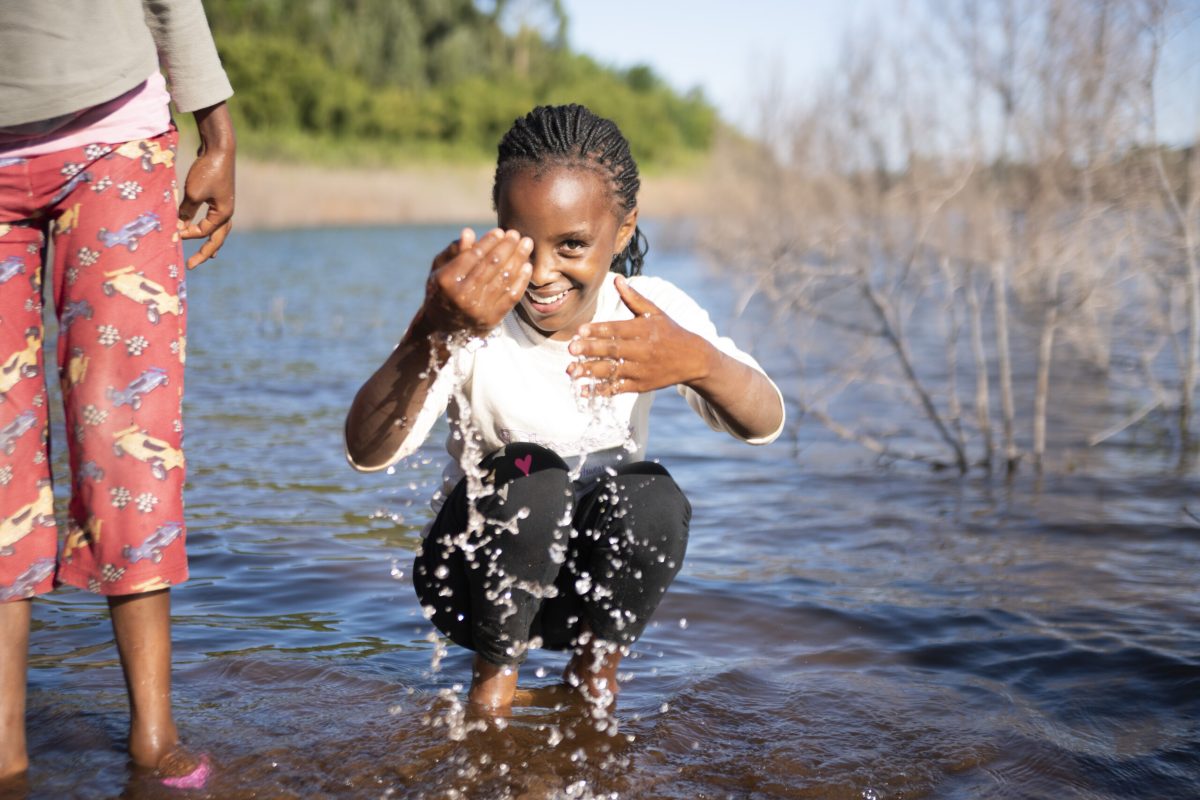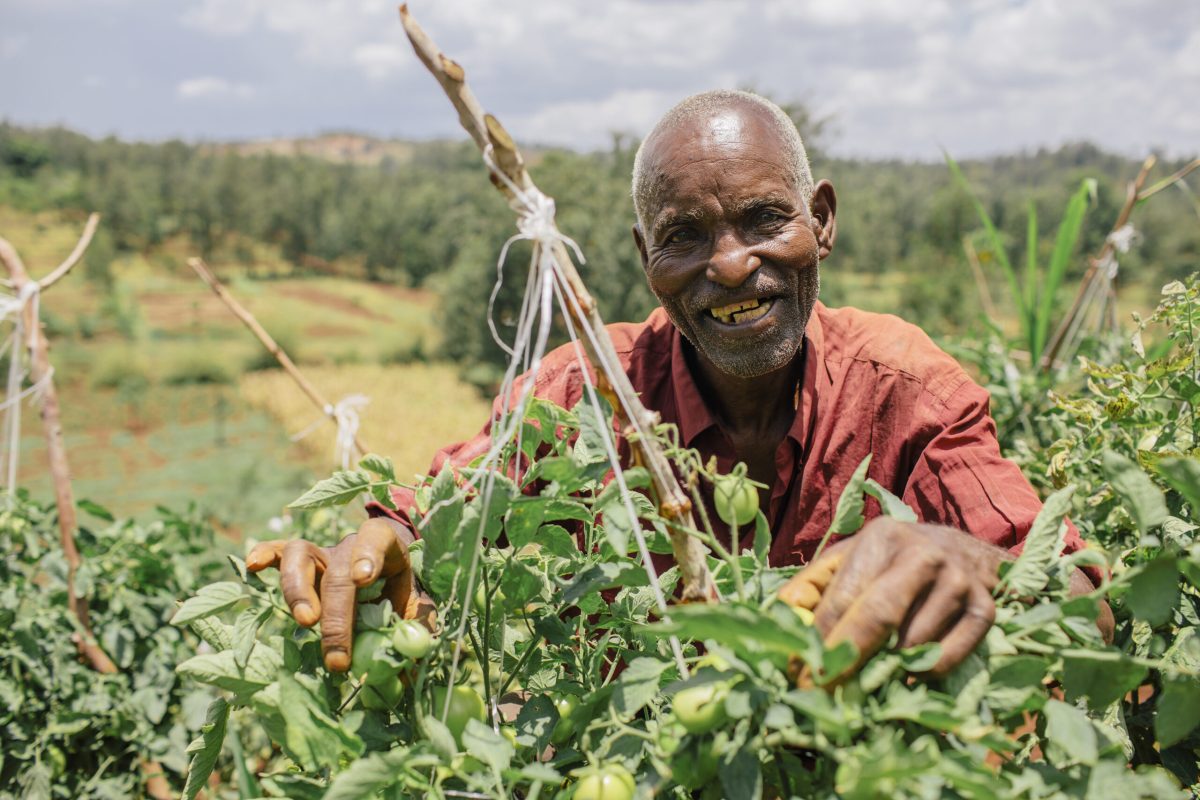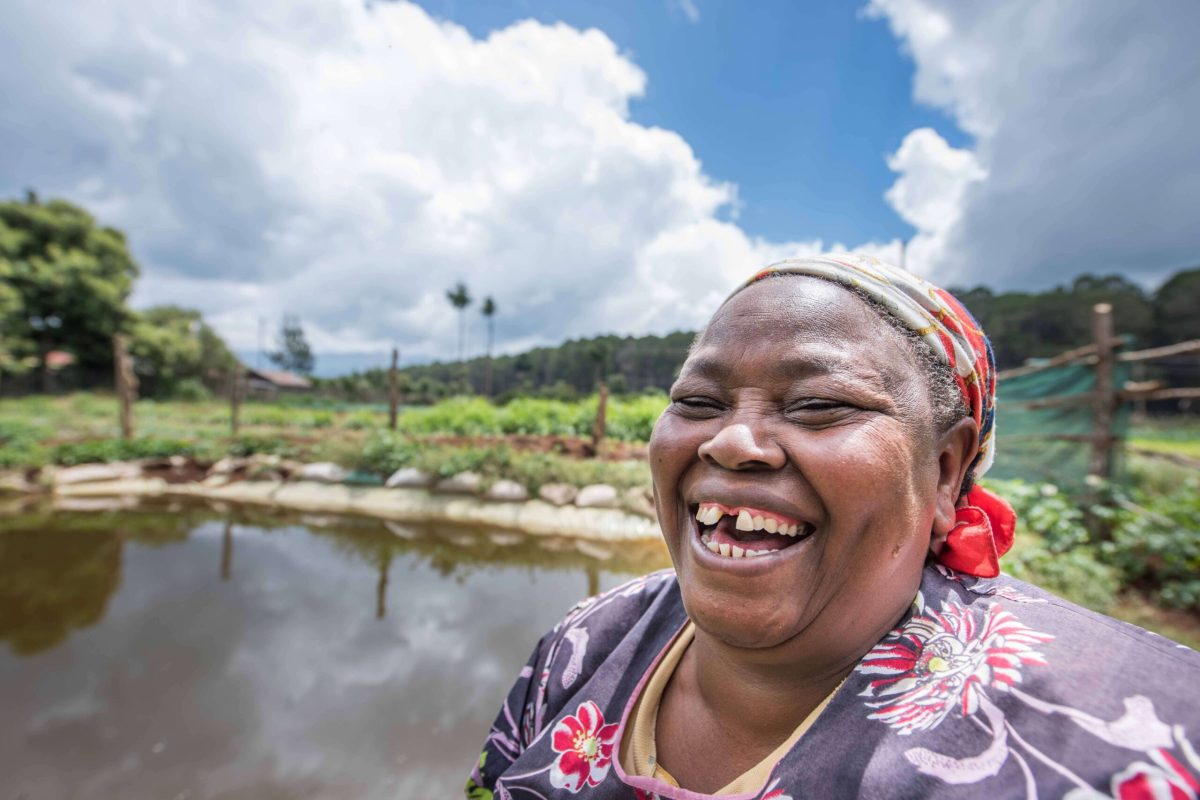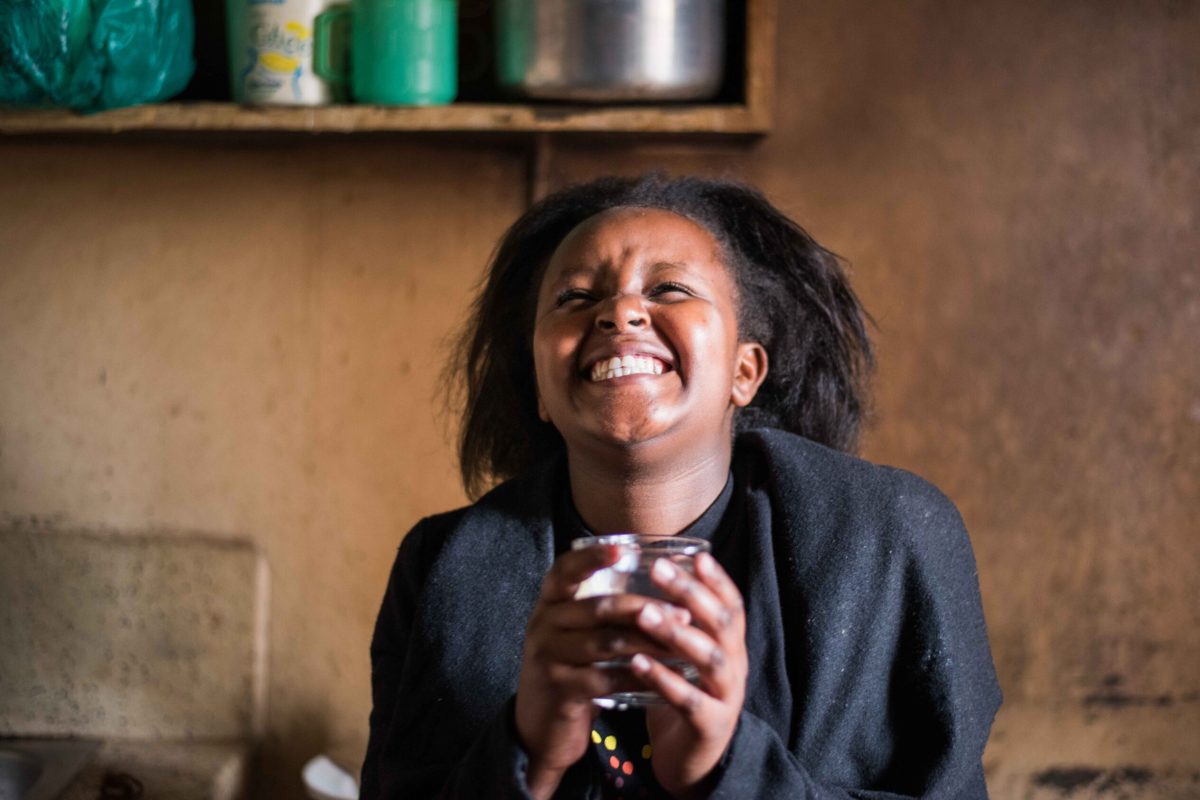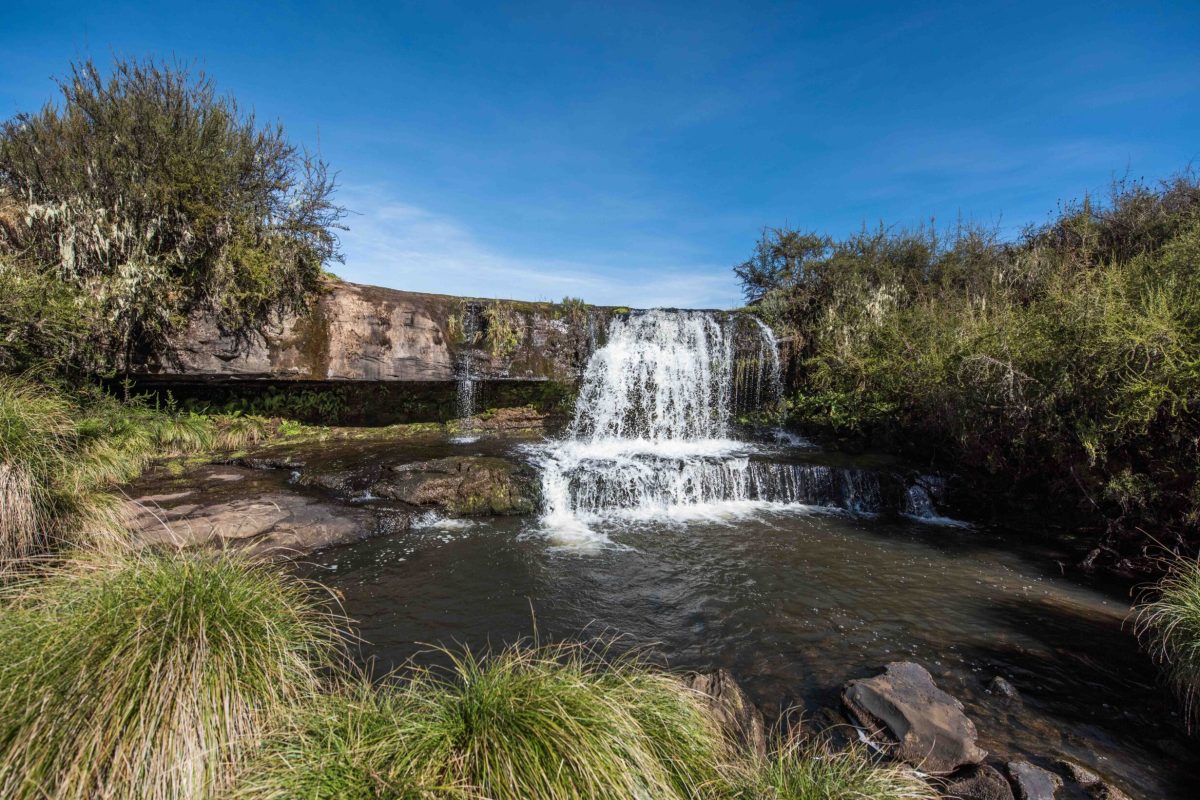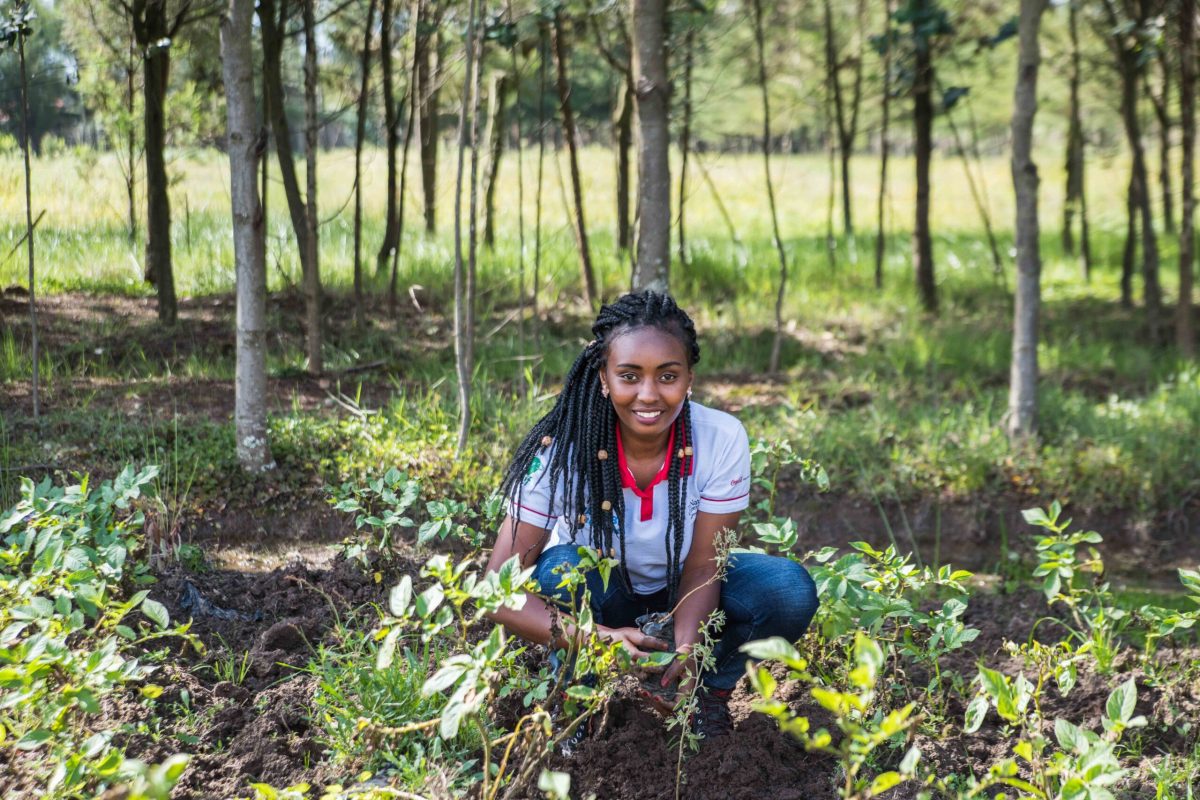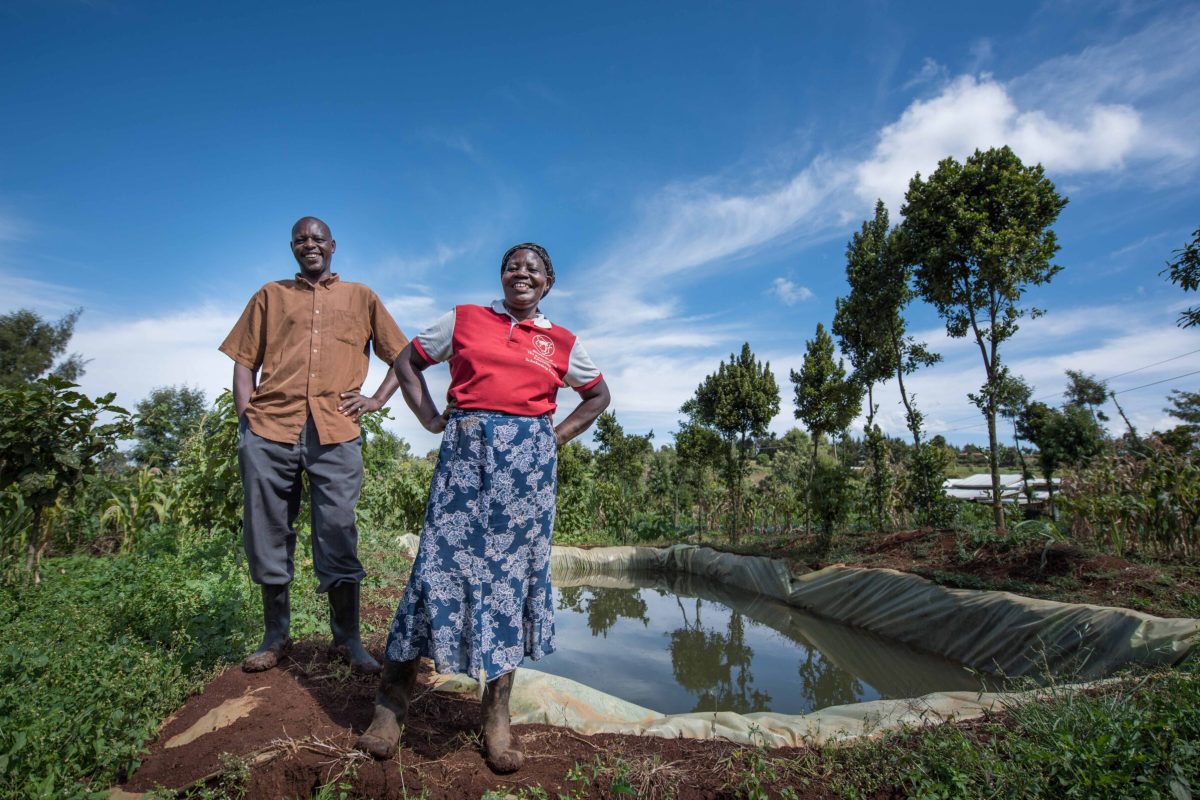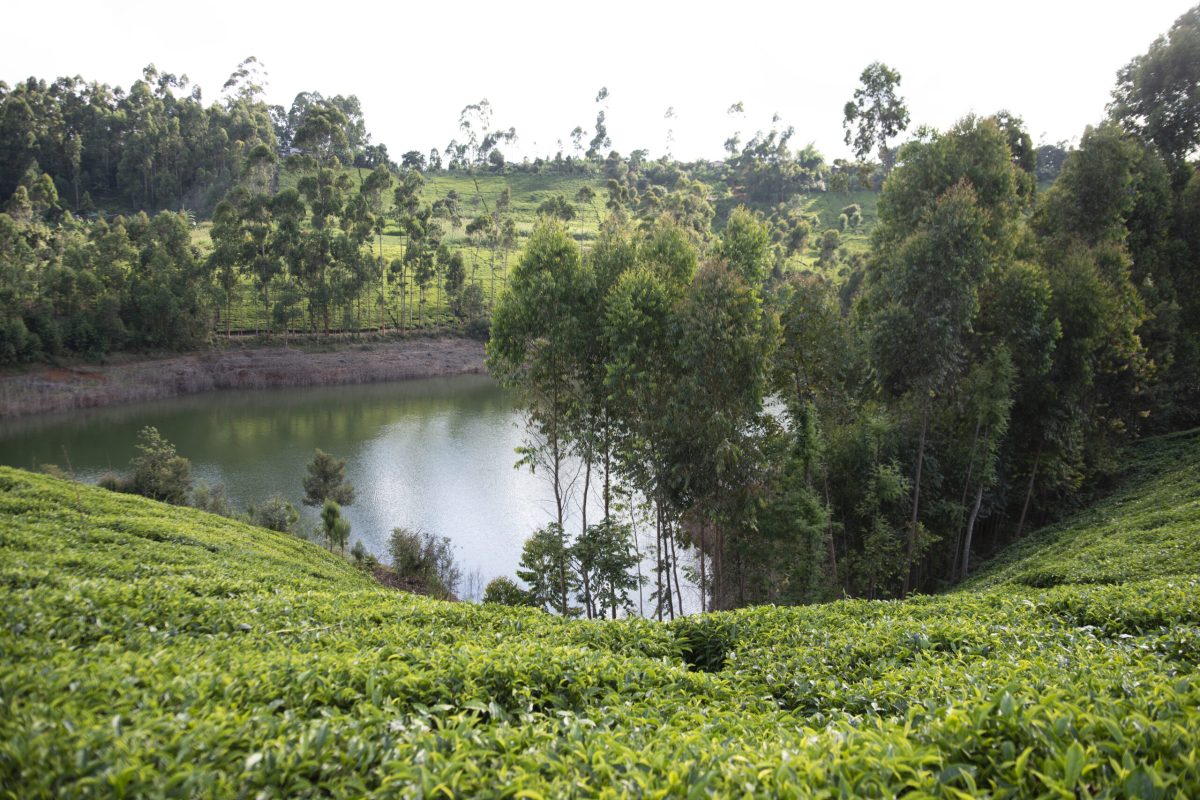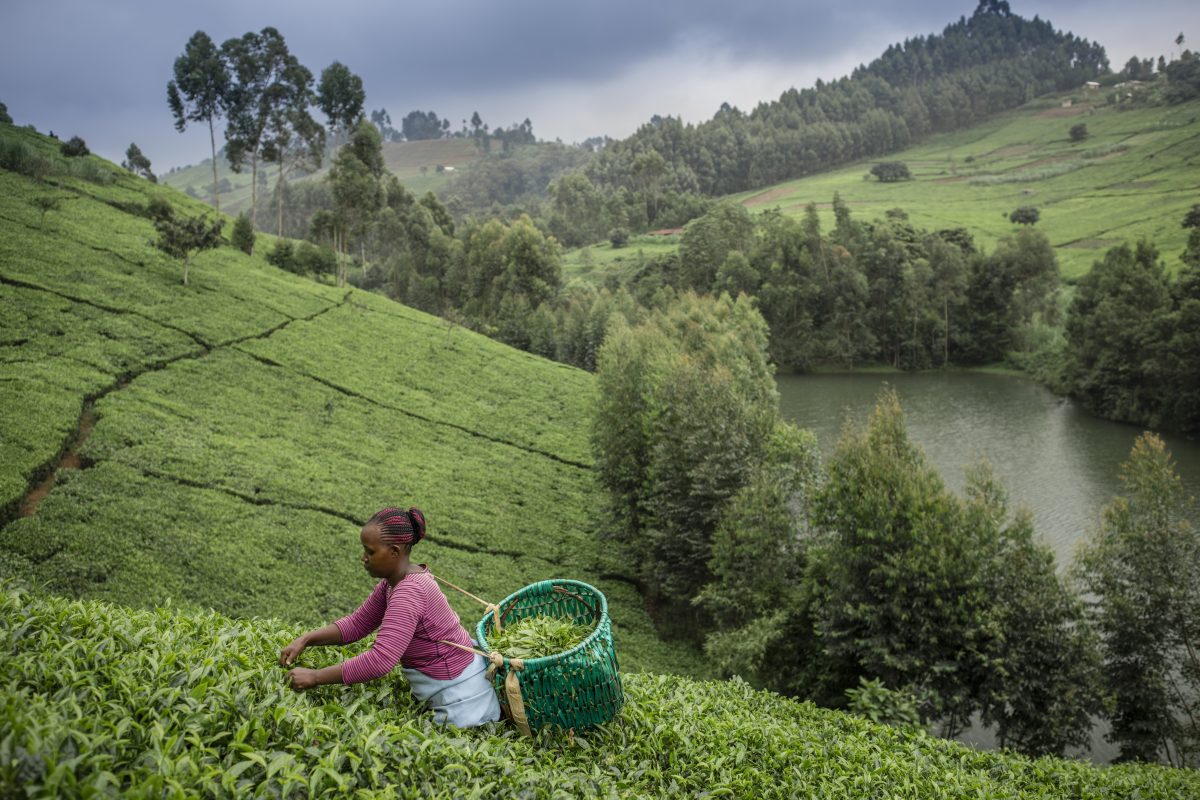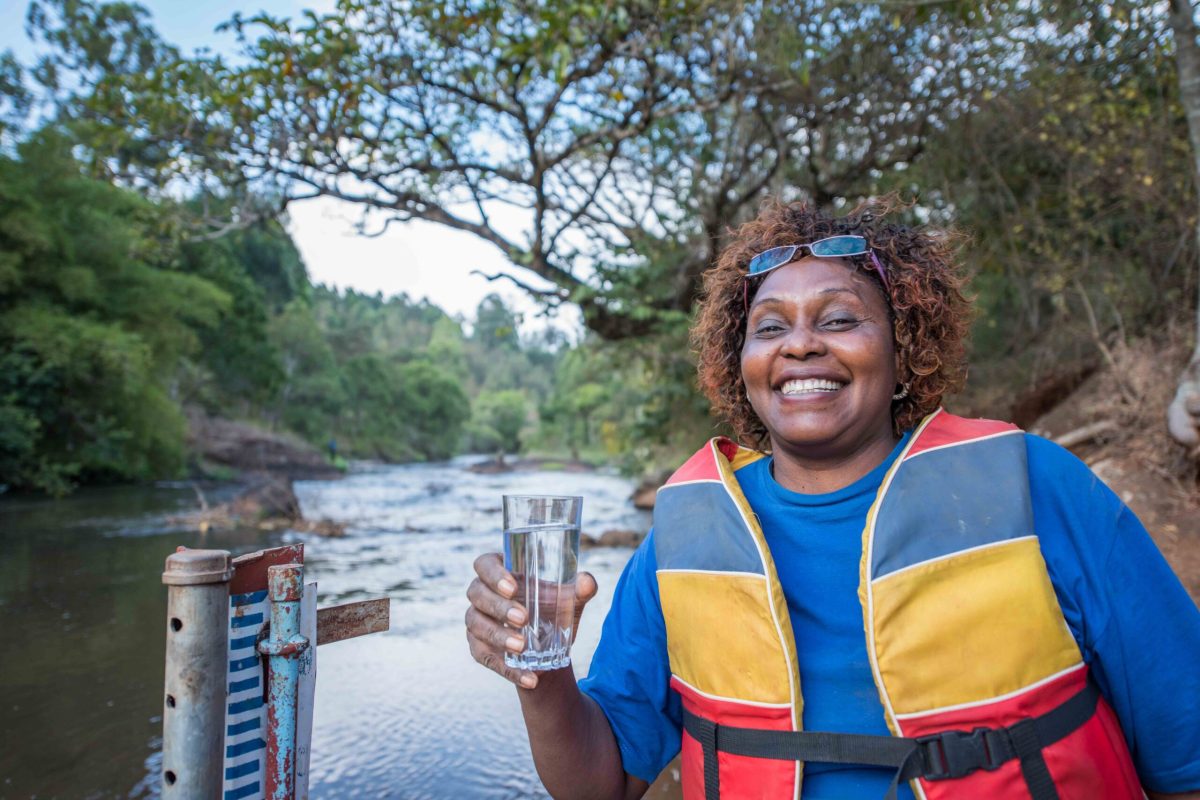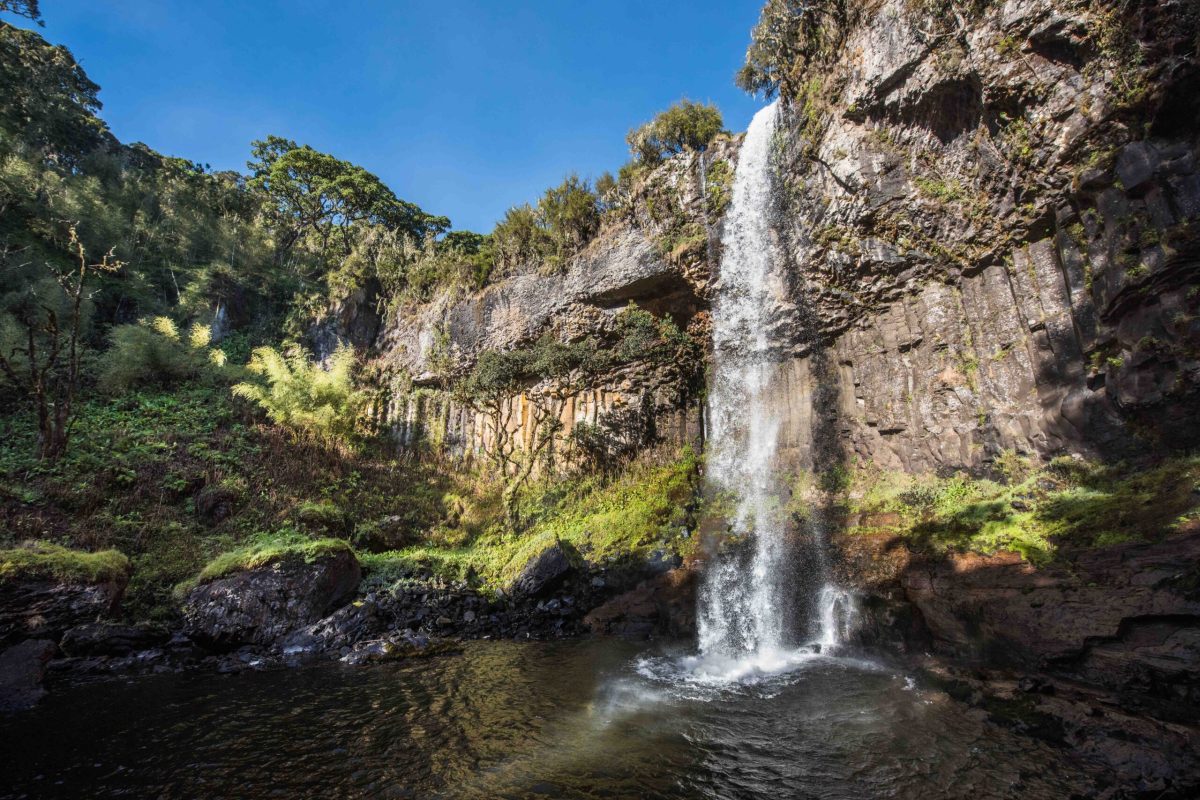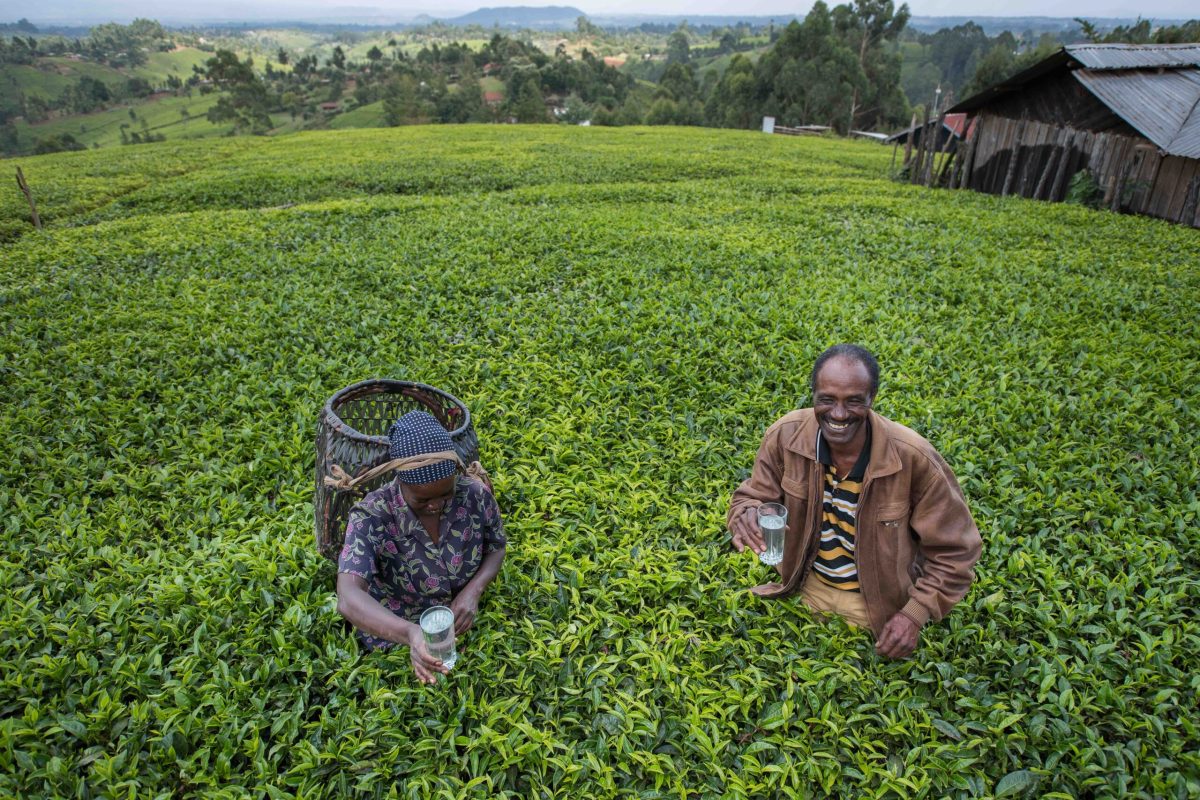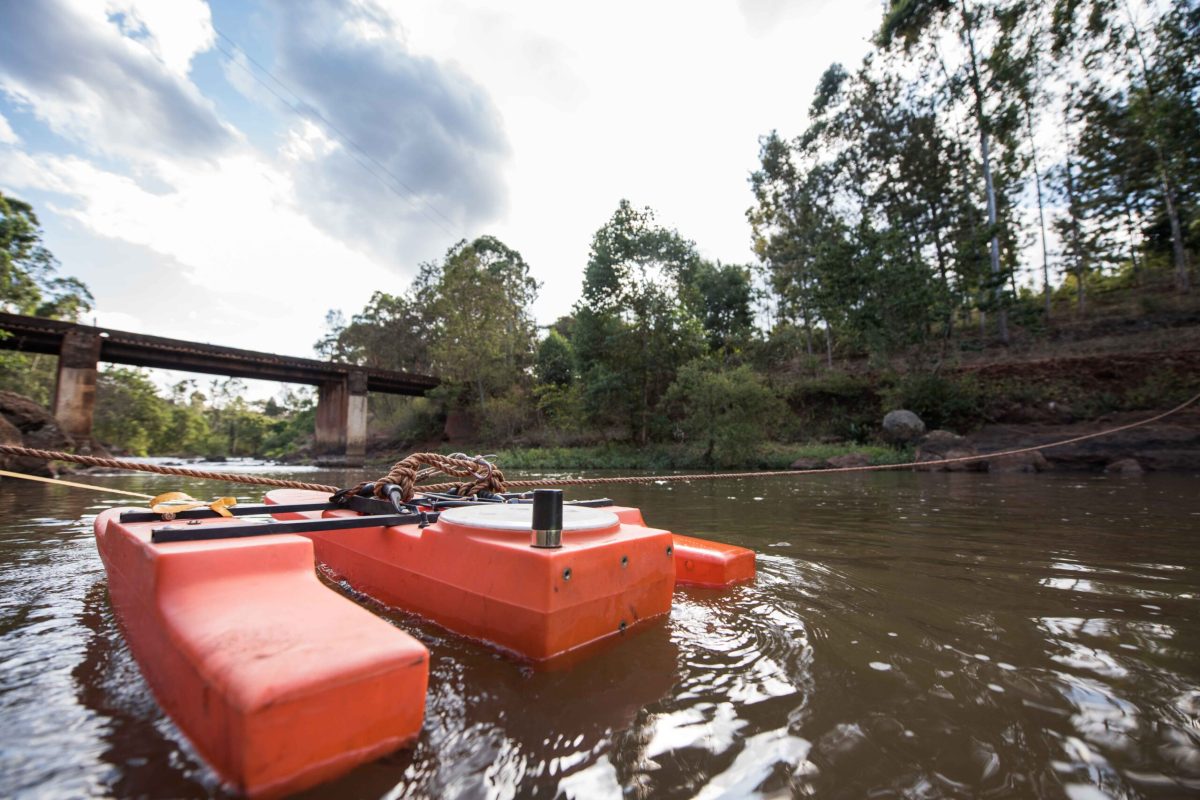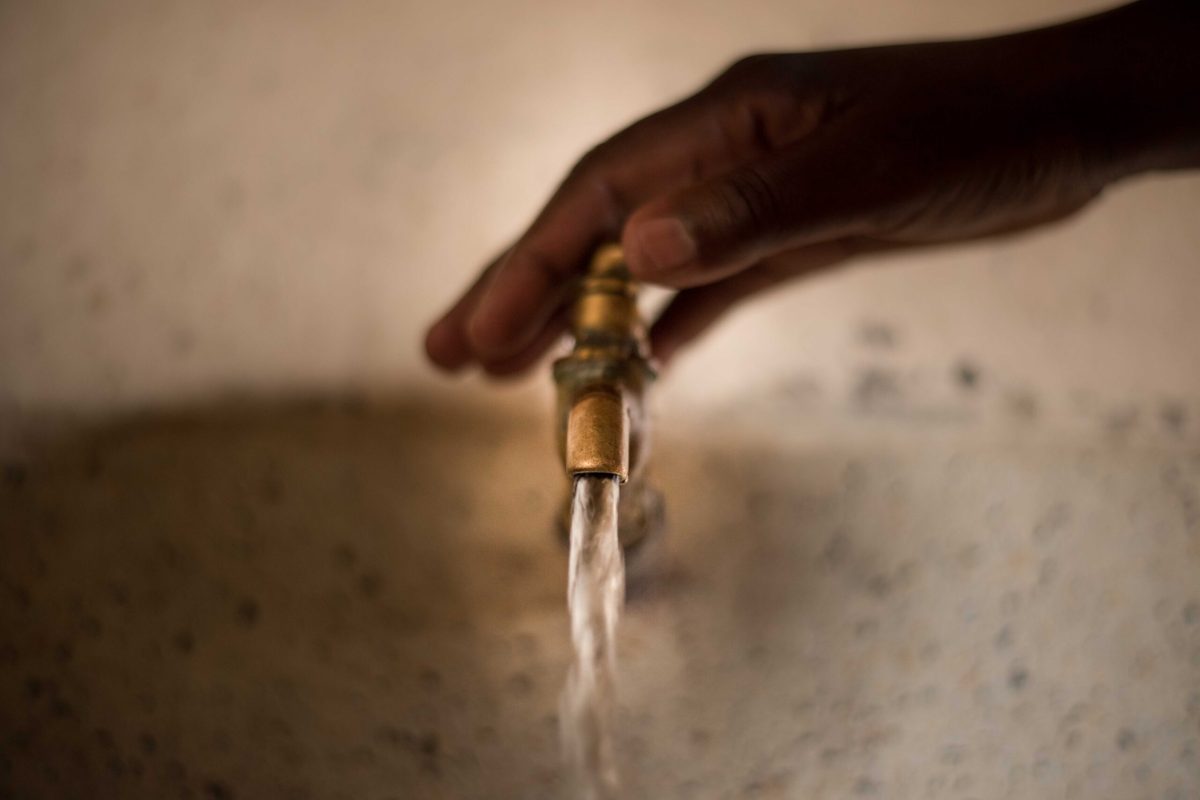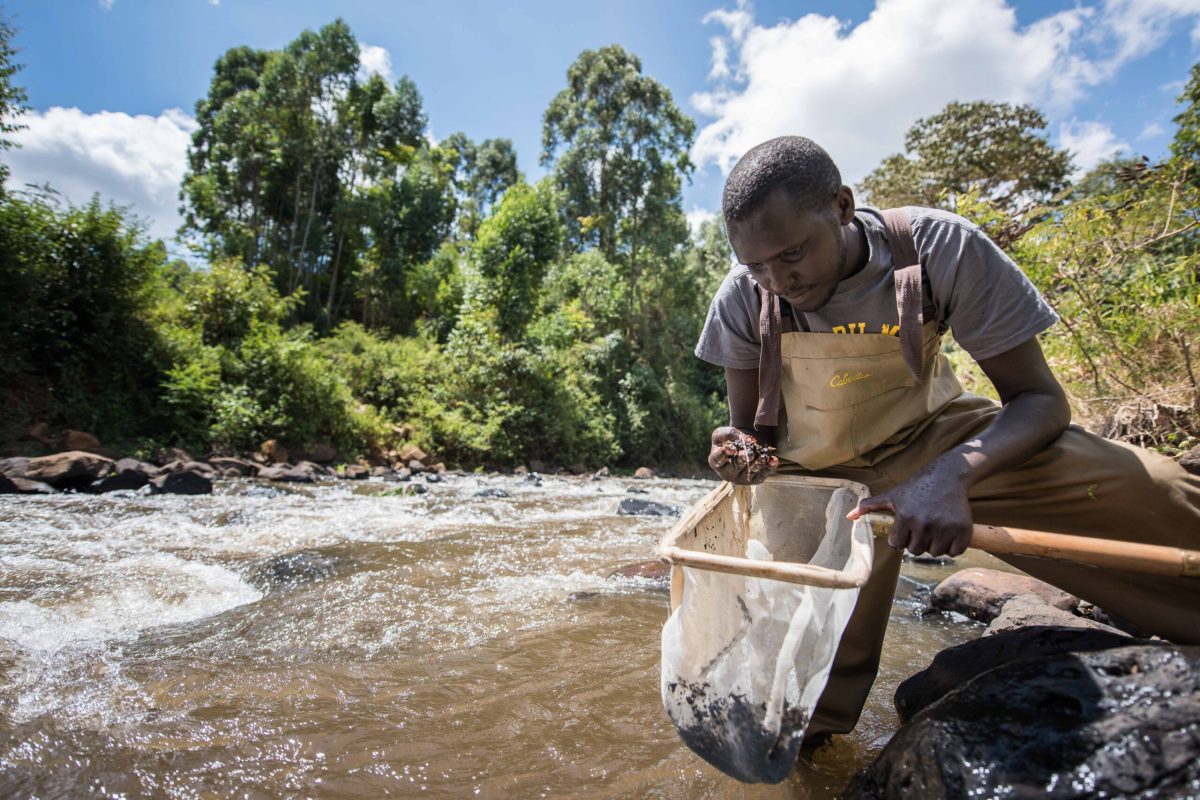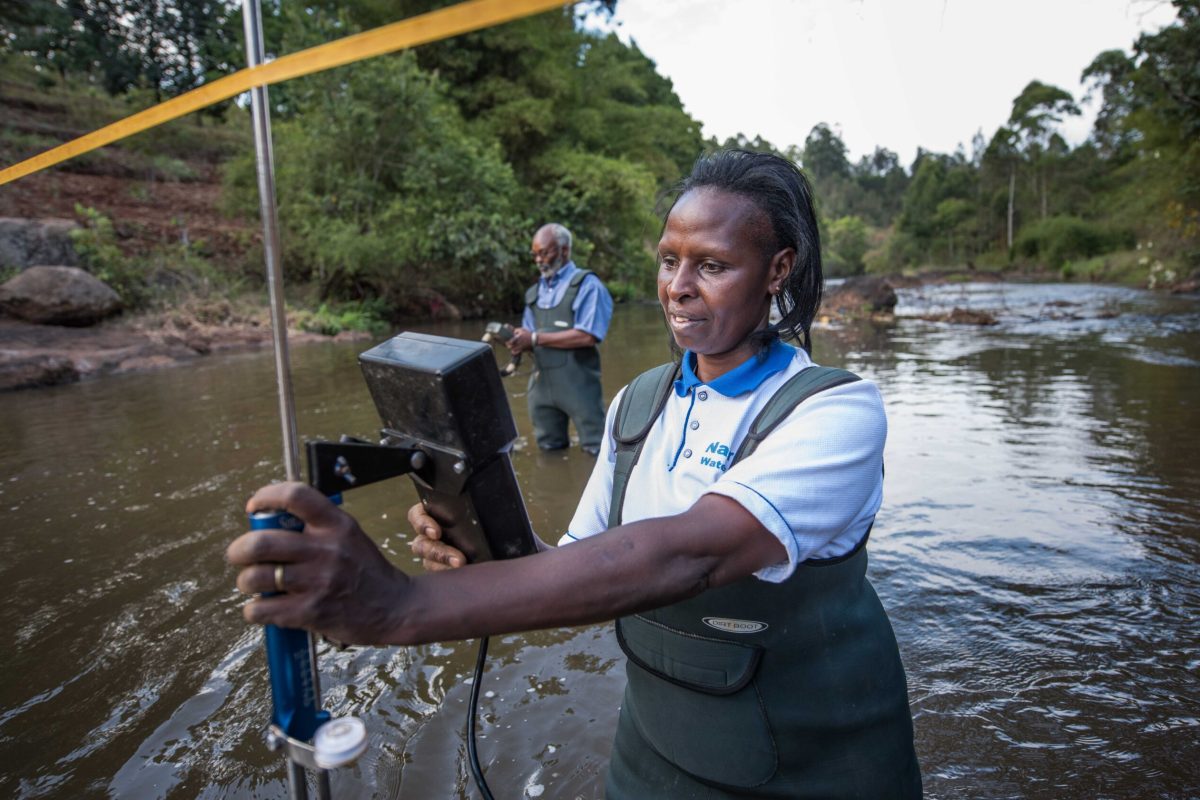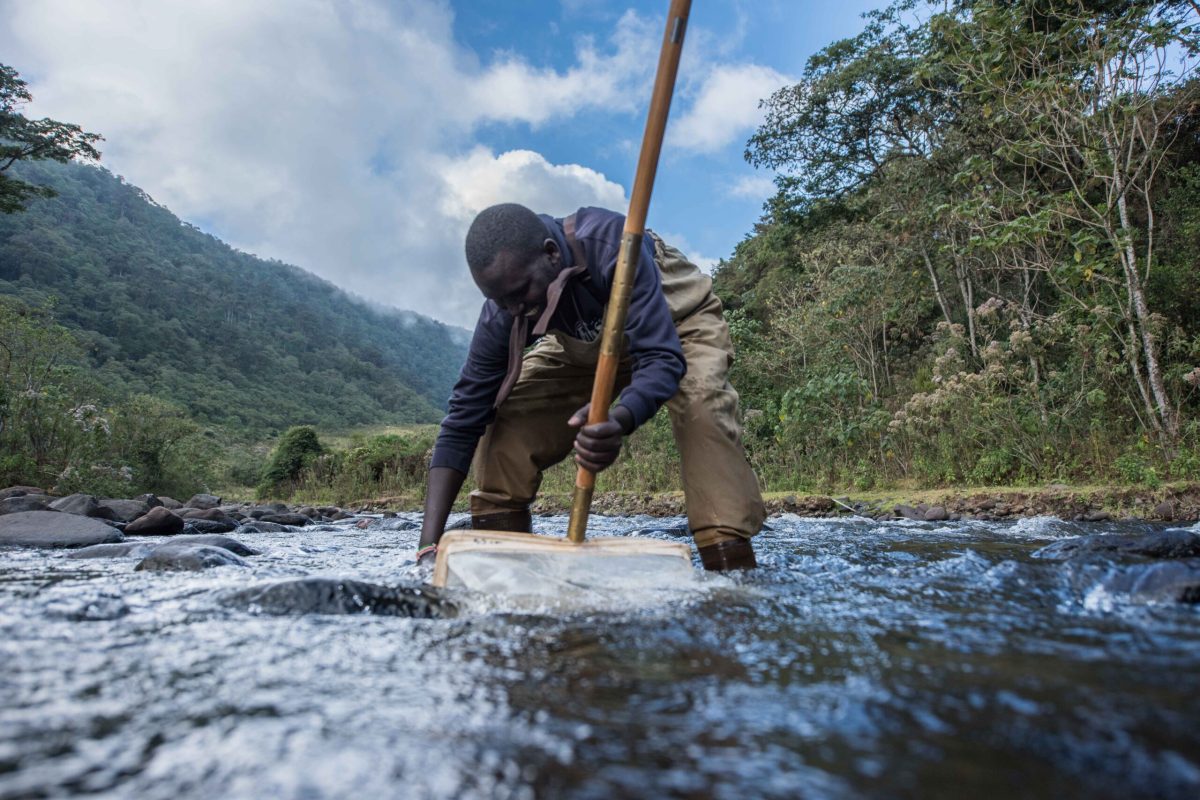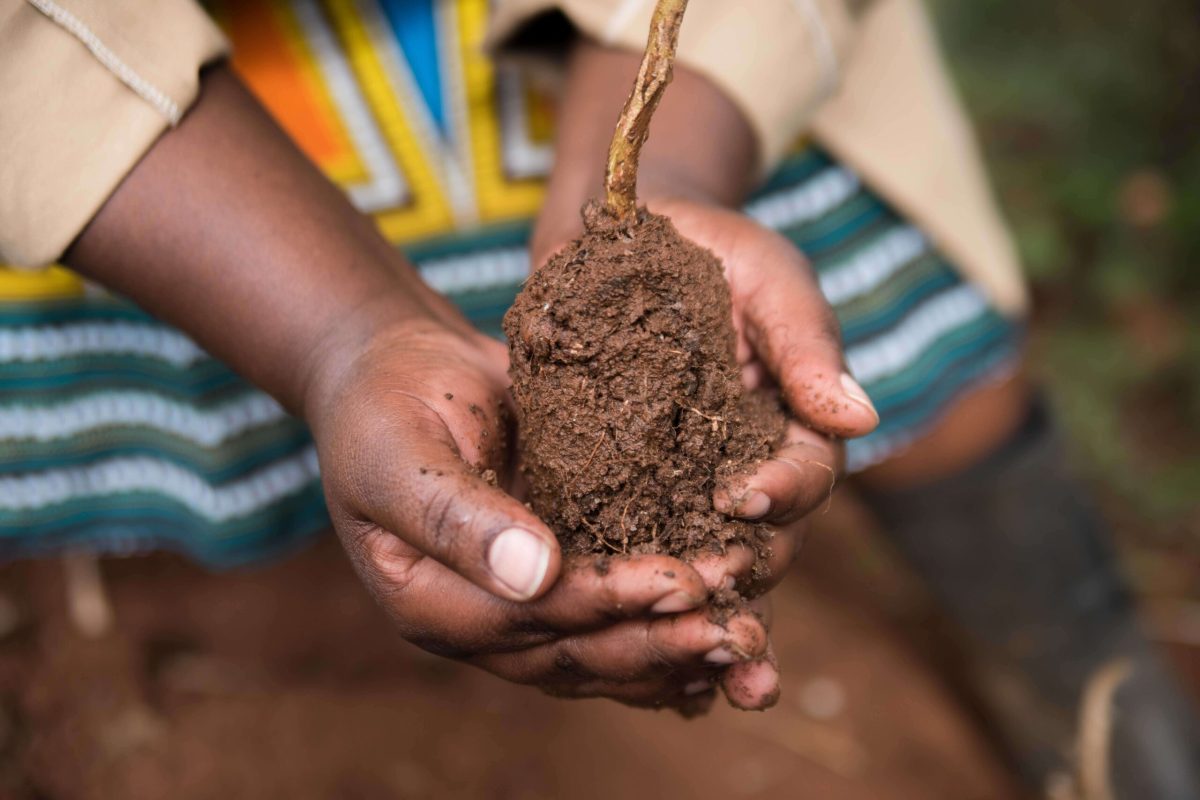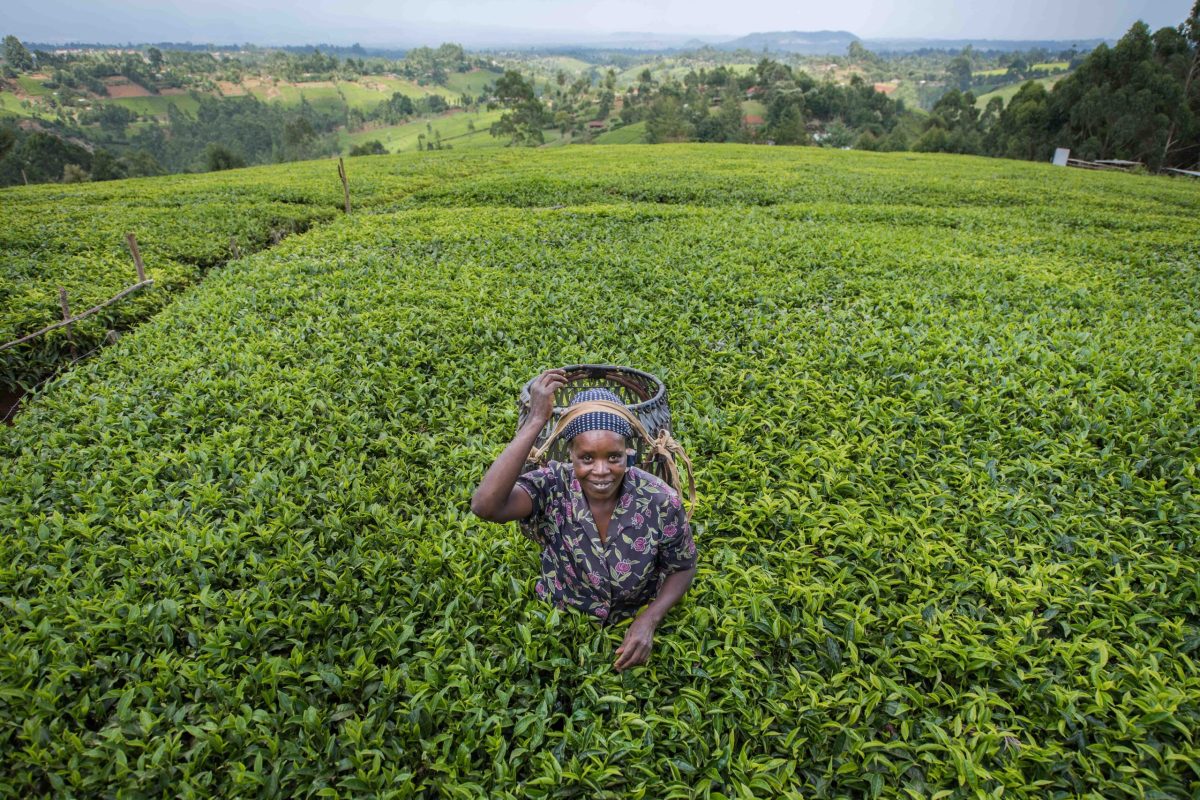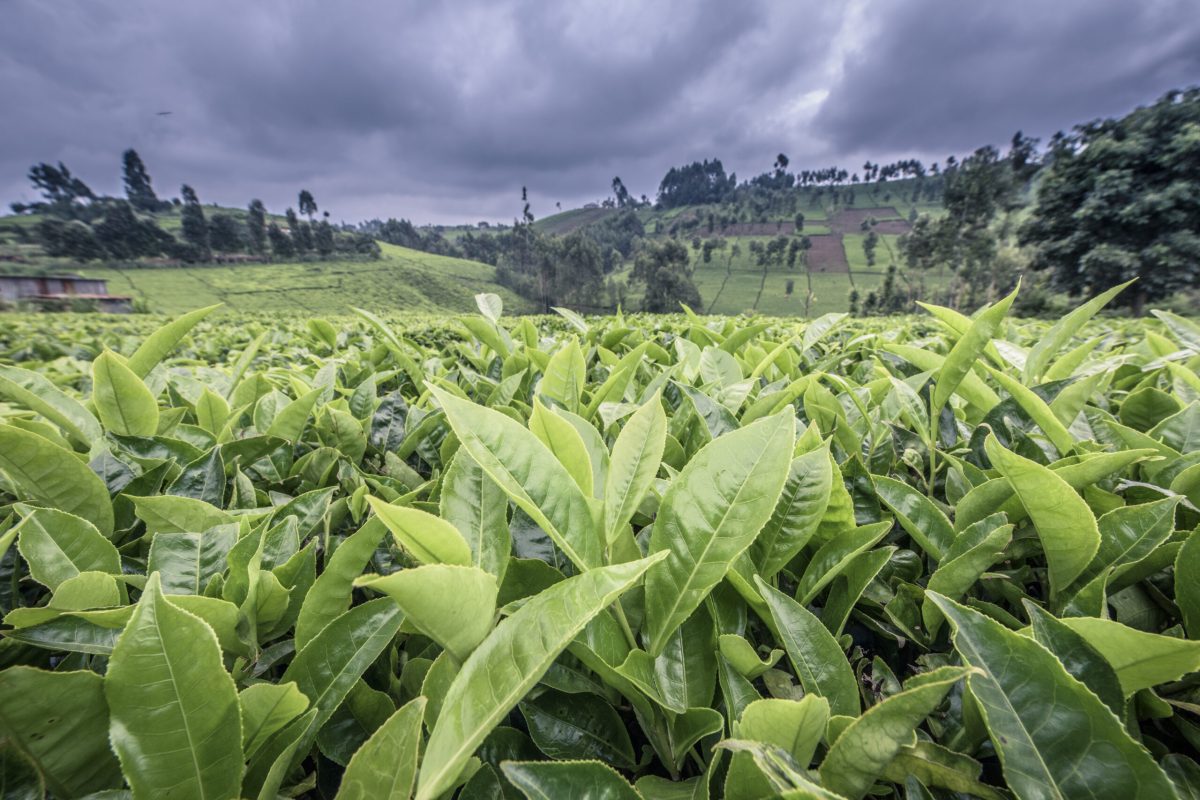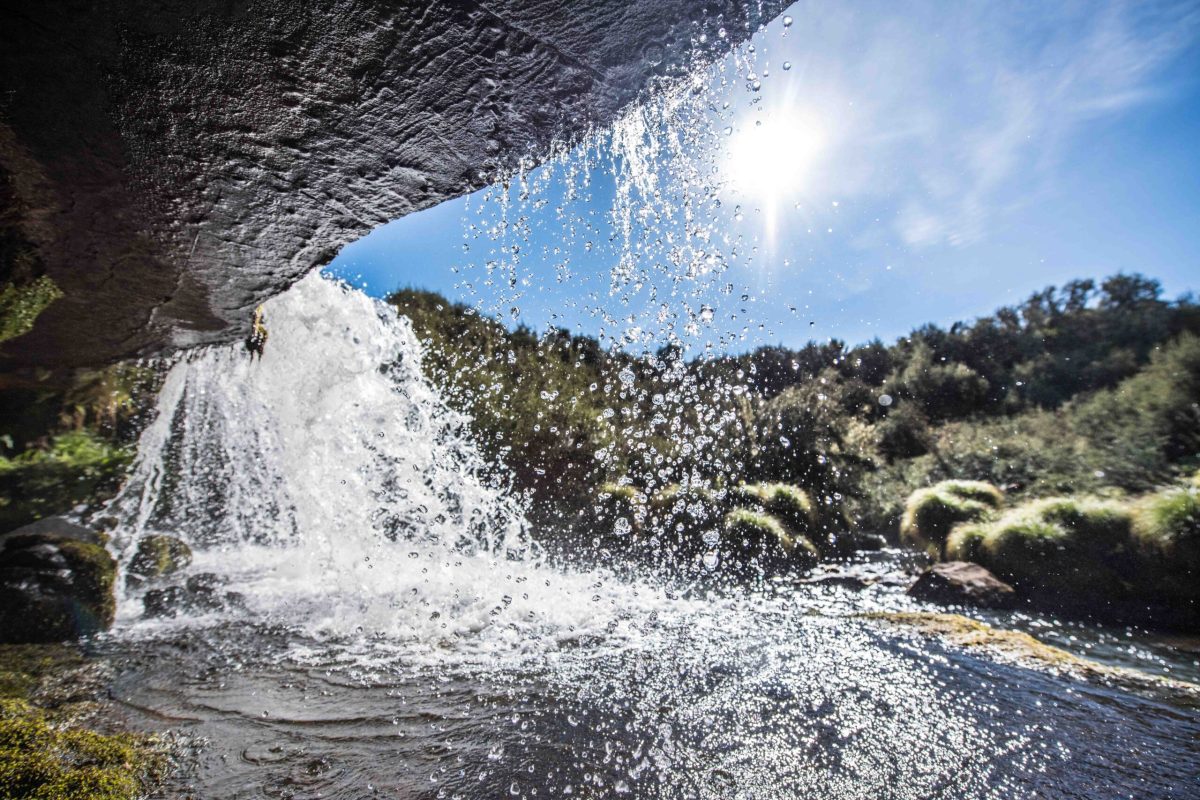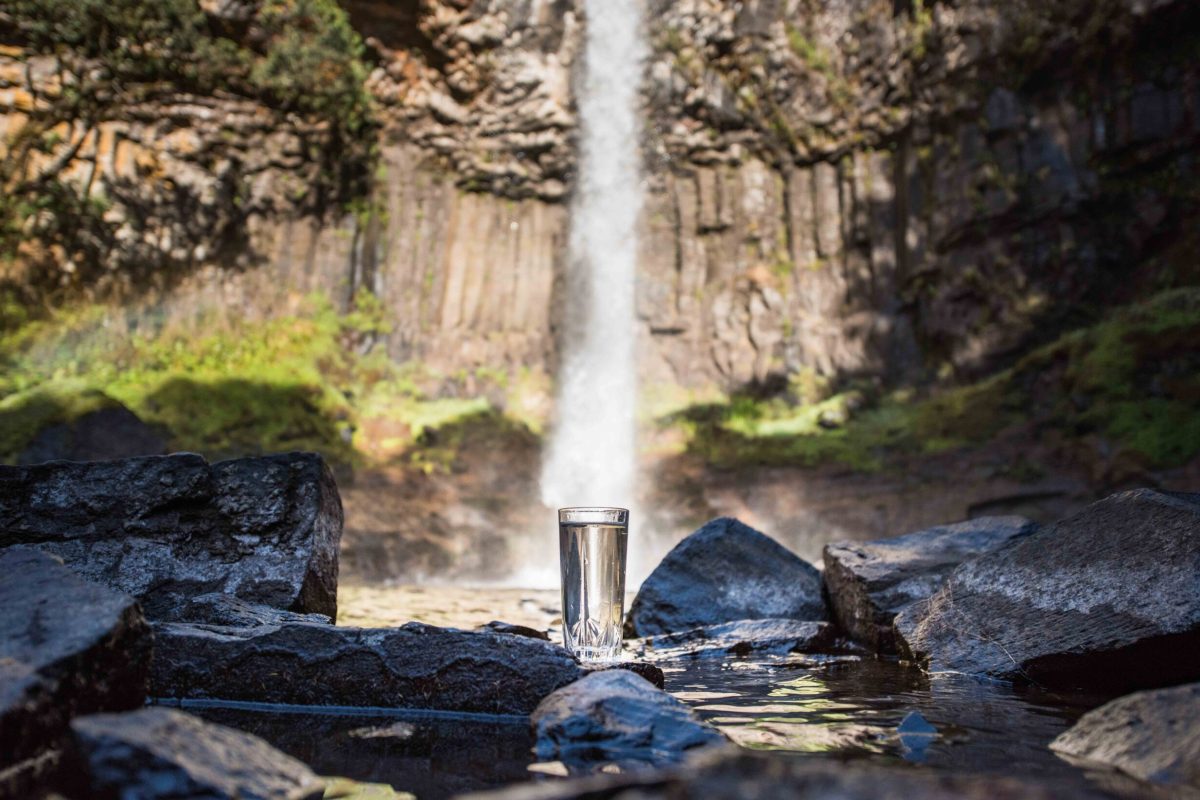UPPER TANA-NAIROBI WATER FUND TRUST
Our Stories
Some of the methods that are used to protect the natural systems and generate value throughout the watershed...
Further Reading
When coffee producing countries are mentioned in East Africa, Ethiopia and Uganda will come in mind. Kenya, on the other hand, is known for producing some of the finest high-altitude Arabica coffee in the world.
Ethiopia, for example, is a significant coffee producer with an annual yield of… Read more.
By: John Gathagu
For decades, forests on steep hillsides in the Upper Tana catchment have been slowly converted to agriculture. Reduced soil productivity from erosion and competition for space has forced farmers to cultivate on even steeper and steeper slopes. During the rainy season, the soil is quickly… Read more.
By: John Gathagu
The agricultural sector in sub-Saharan Africa employs more than 50% of the total labour force and provides a source of livelihood for millions of smallholder farmers. For years, agriculture in Kenya has been influenced by both… Read more.
By: John Gathagu
Gura river has its source from the Aberdare Forest and is 45 km long. It crosses Nyeri South, Tetu, and Mukurweini sub-counties before joining the Sagana river to Masinga dam which is the main storage for the hydropower generation. It is referred to as the fastest flowing river in East Africa and its main tributary is the Gikira river. There is a population of about… Read more.
By:
- Sabina Kiarie – County Extension Officer, Nyeri County, Upper Tana Nairobi Water Fund.
- John Gathagu – Knowledge Management Coordinator, Upper Tana Nairobi Water Fund.
Coffee in Kenya is largely grown by more than 700,000 smallholder farmers in over 88,000 Ha of land in 32 counties. Over 99% of the coffee produced is Arabica that is usually rainfed. Coffee farmers use both organic and inorganic fertilizers to improve coffee production on their lands. During the rainy seasons, the nutrients are… Read more.
By:
- Sabina Kiarie – County Extension Officer, Nyeri County, Upper Tana Nairobi Water Fund.
- John Gathagu – Knowledge Management Coordinator, Upper Tana Nairobi Water Fund.
Farming activities and income diversification in Sasumua has greatly evolved over the last decade. Improved road networks, advanced communication platforms and modern technology which were unavailable in the past rendered farming a poor man’s career. Mainly, farming was left with the aged while the young generation recamped to the urban centres to look for more paying jobs. Read more.
By:
- Peter Muchai – Income Diversification Through High Value Crops In Sasumua Watershed.
- Joseph Ngure – County Agricultural Officer, SACDEP.
The hardest thing for a low social class farmer is to identify the best and most productive enterprise he/she can put all her effort into. In most cases, they will engage in all possible production enterprises. For example, keep a cow for milk, grow some vegetables, pulses, and cereals in a small piece of land for the family and sell the very little surplus… Read more.
By: Maina John Mburu
Johnson Chege Maina, a 60- year-old farmer, is one of the squatters who were relocated from forested areas of Mount Kenya and resettled in Solio by the government of Kenya (GoK) in 2009. Chege resettled on his half-acre piece of land with his wife and 5 children and farms on his other 4 acres that was allocated to him by the government. Read more.
By Peter Voster Odhiambo
The water resources of Kenya are consistently affected by increasing demand due to the increasing population, industrialisation and changing lifestyles. To this end, Kenya has been described as a water-scarce country, with rapidly dropping freshwater availability. In 1992, the annual per capita water availability was about 647 m3. This dropped to 534 m3 per capita by 2011… Read more.
By: George Njugi – Field Conservation Coordinator, Upper Tana Nairobi Water Fund Odhiambo
Solio is in Laikipia County and it was acquired from the Larger Solio Game Ranch which is situated at the leeward side of Mt. Kenya. Solio is relatively flat, predominated with black cotton soils, and experiences binomial rainfall with an annual average of about 700 mm per year. It, therefore, has a semi-arid condition with very high temperatures at daytime and very cold at night with severe frosts. Read more.
By: George Njugi – Field Conservation Coordinator
The abuse of the elderly and people living with disabilities by family members is a major concern that dates back to ancient times (World Health Organisation Chapter 5; abuse of the elderly). The abuse of elderly people may be defined as an act of commission or omission also referred to as neglect, whereby it may be either intentional or unintentional. Read more.
By: Deborah Kariuki
Soil and water are natural resources that our lives depend on. These are often depleted if not used with great care, hence conservation of these resources is paramount to support the creation even for generations.
Upper Tana Nairobi Water Fund (UTNWF)/ The Nature Conservancy (TNC), is working with farmers in the Upper Tana River basin (Sagana and Gura tributaries) in a project aimed at conserving the Tana river which is of great importance to the Kenyan economy. Read more.
By: Jimton Mugambi – Intern Sagana-Gura Subwatershed


